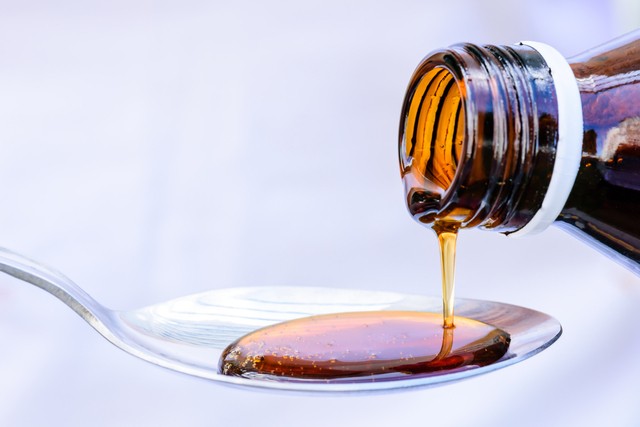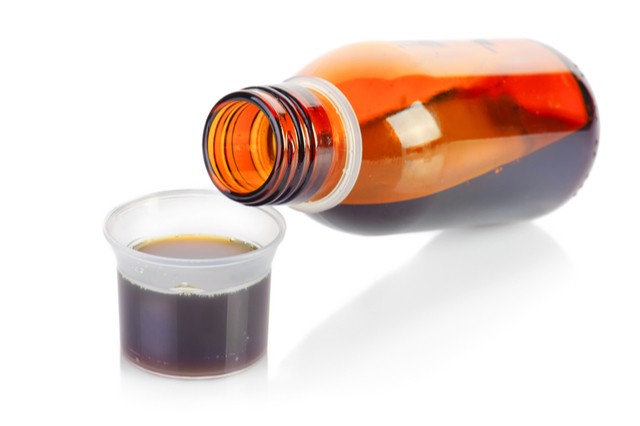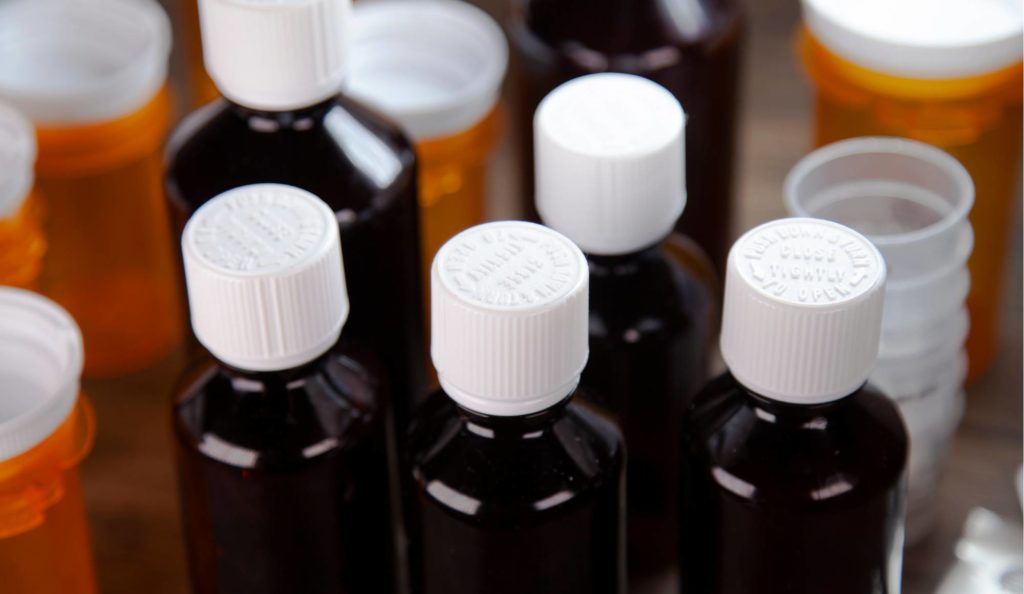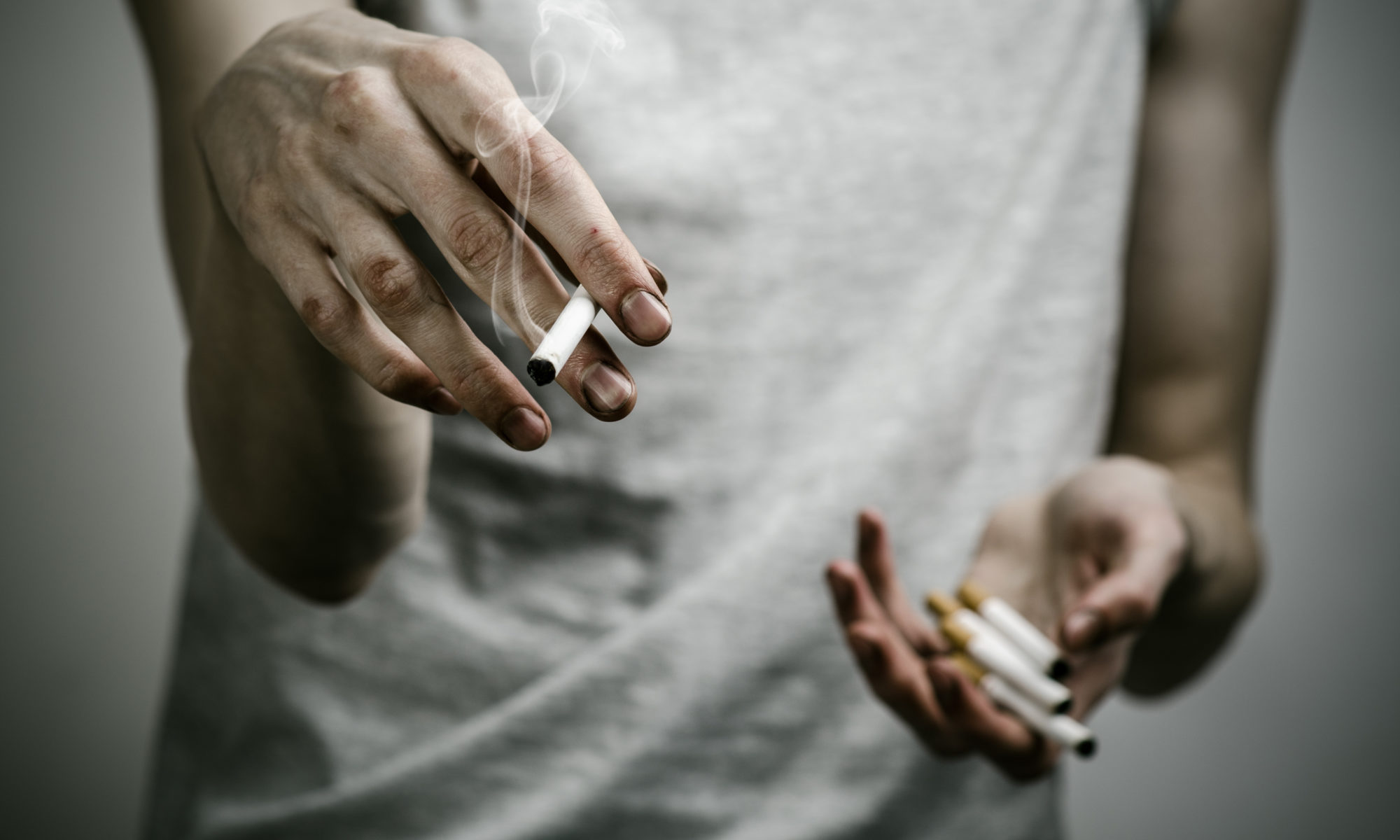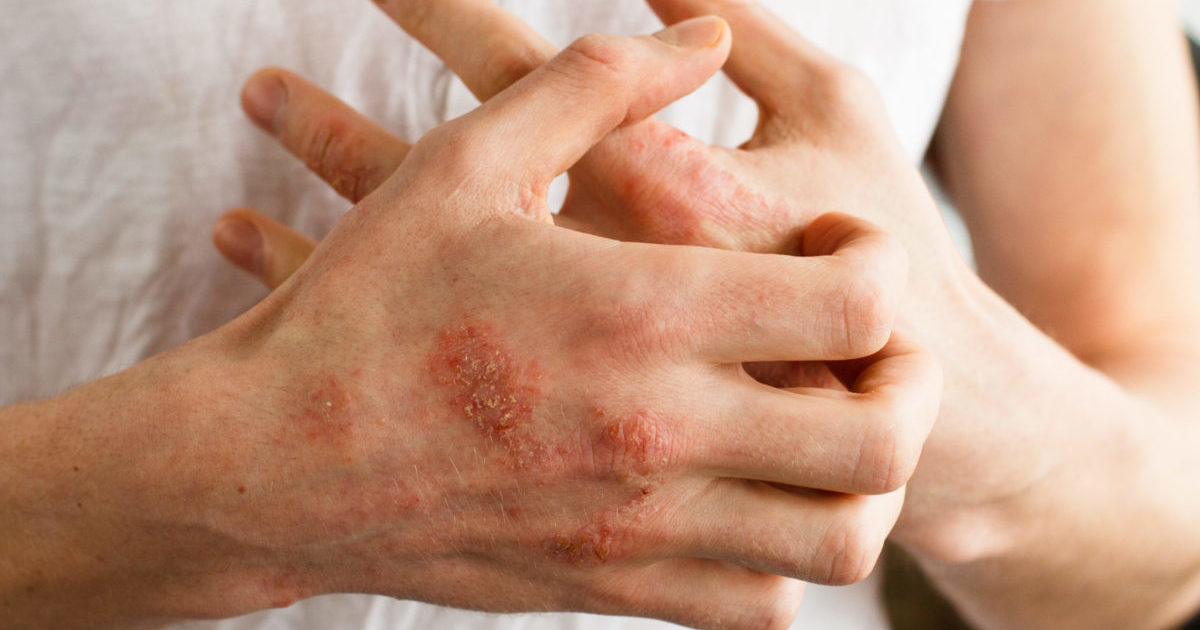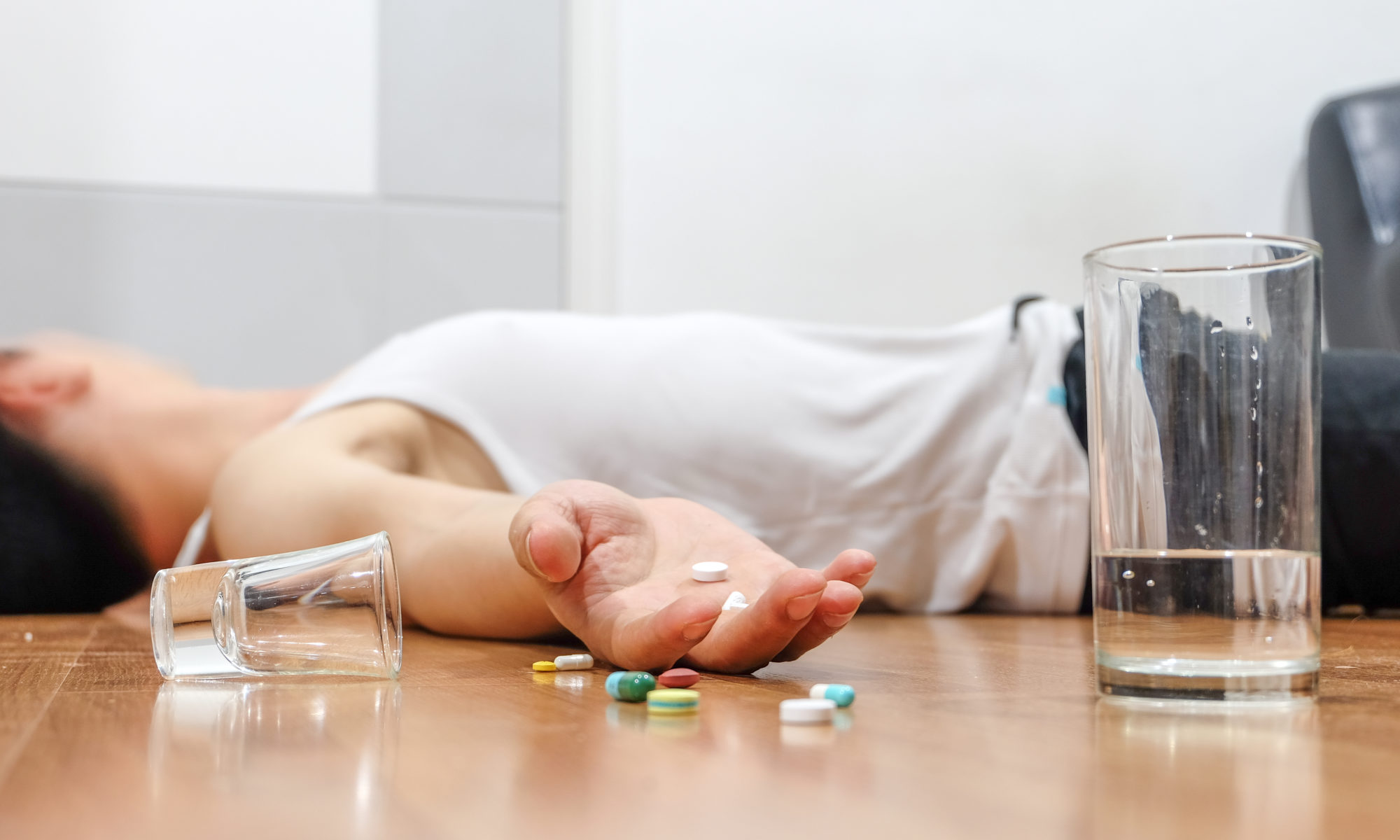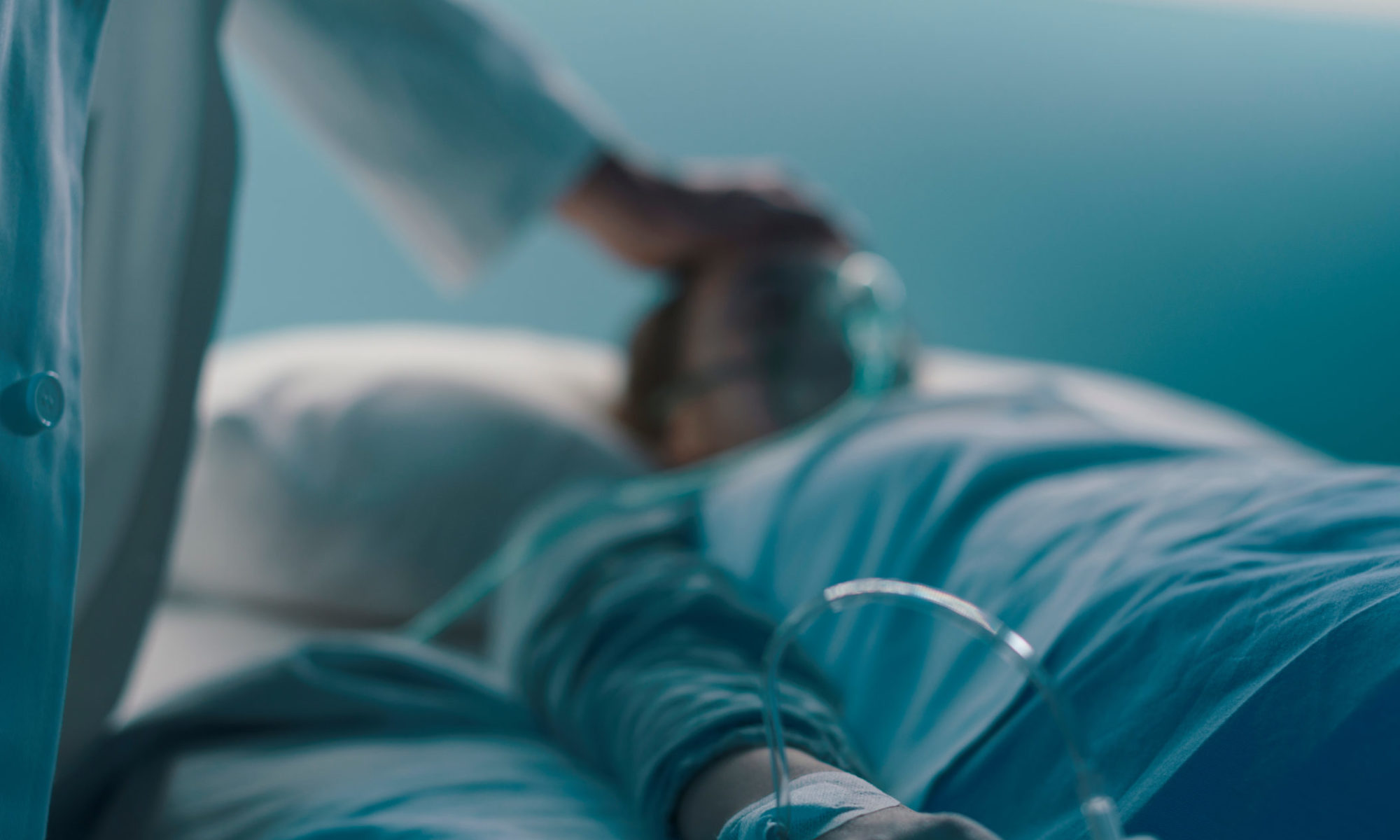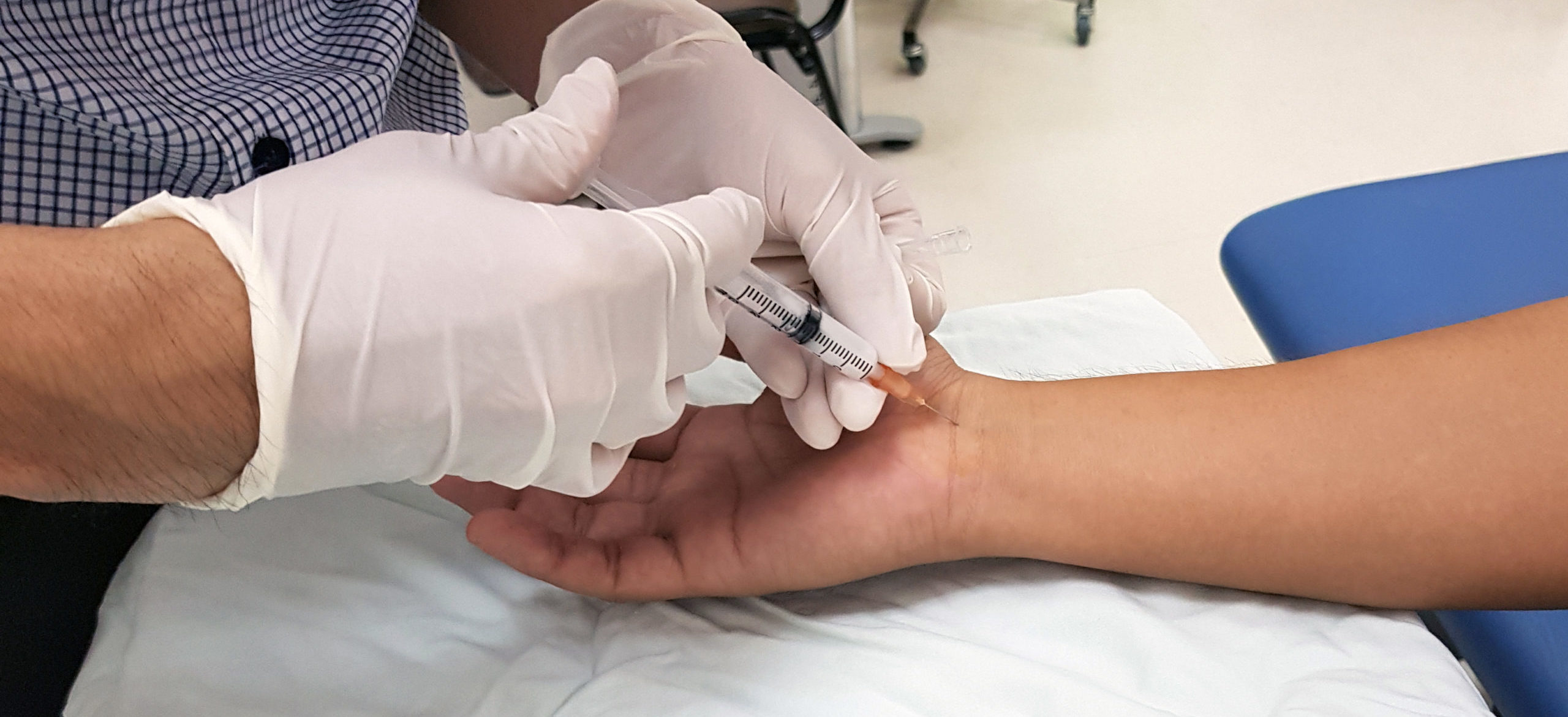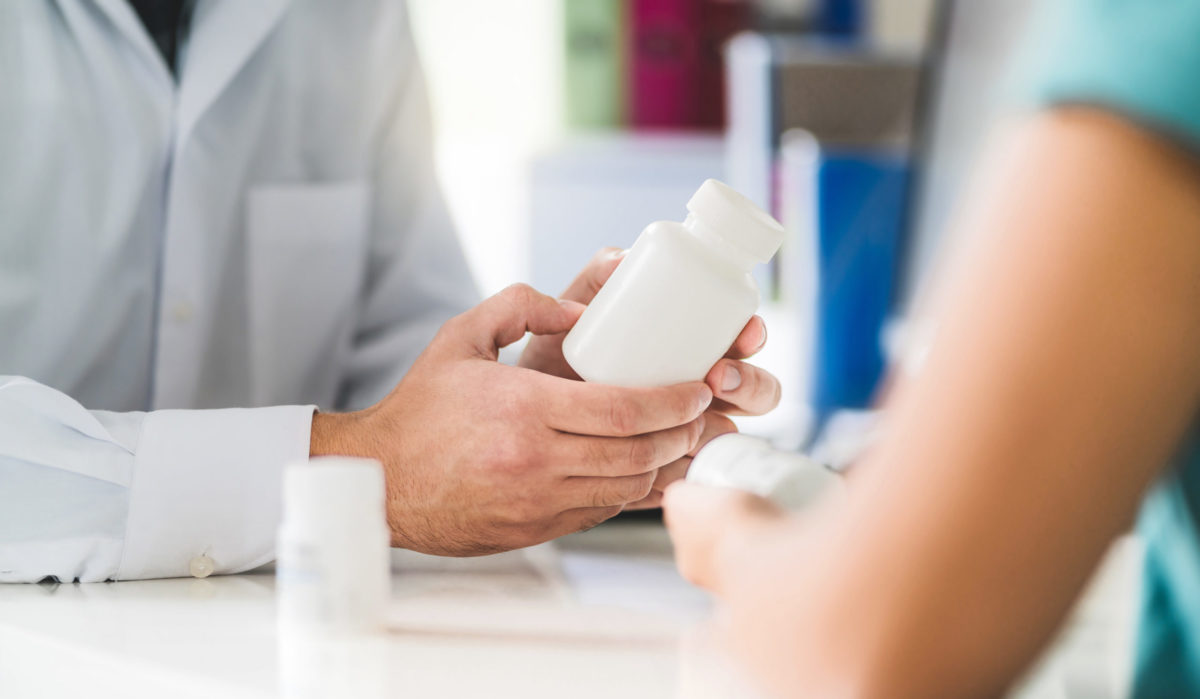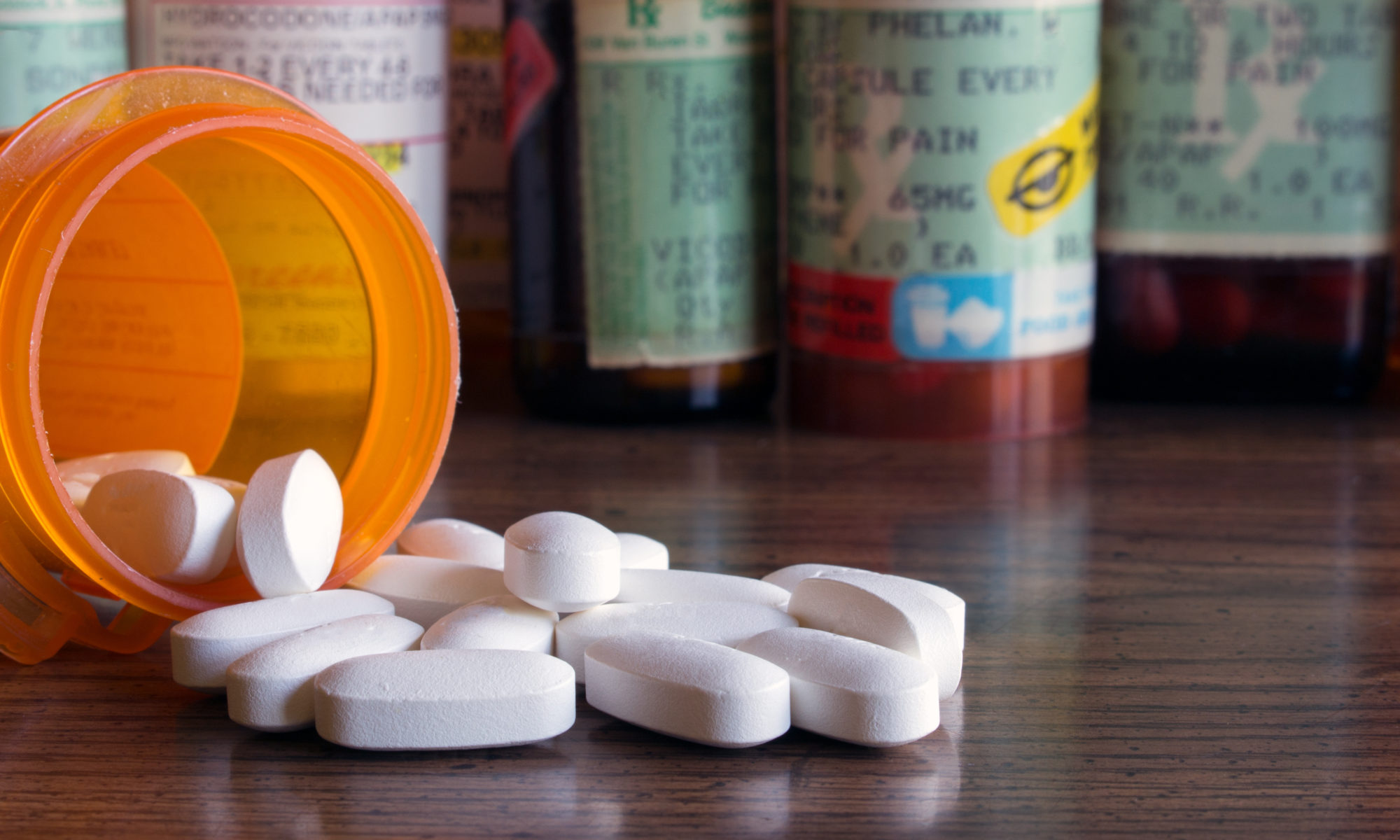What is Lean Addiction?
While it may not be one of the most well-known drugs of choice, lean addiction is a growing problem in the United States.
Lean is an illicit substance that combines codeine cough syrup with soda and hard candy.
Lean contains codeine, which can be highly addictive, and it is especially abused by young people.
Understanding Lean
When lean was first invented, it was mixed with beer.
Later, lean was instead made with soda with a hard candy for added sweetness.
The drink gained popularity after being mentioned in many popular rap songs in the 1980s and 1990s.
Many rappers have since died after developing a lean addiction. Lean is also called “purple drank,” “dirty sprite,” and “sizzurp.”
Lean’s main ingredient codeine is an opioid. This drug is made from the opium poppy plant.
When you take an opioid, it affects areas in your brain that control your “reward system.” This means that it makes you feel relaxed, happy, and euphoric.
Opioids are also highly addictive. Once you begin abusing lean, your brain very quickly becomes dependent on it and makes you crave it.
Immediate Placement in Alcohol Rehab – Get Help Now
877-651-3366
What are the Effects of Lean Addiction?
When taken for short periods of time, codeine cough syrups help you by blocking the urge to cough.
They also make you feel relaxed. However, they can have negative effects even when taken correctly.
These can include drowsiness, confusion, constipation, depression, nausea, vomiting, and slowed breathing.
If you have a lean addiction, these symptoms can become worse over time.
Frequent lean abuse can have even more serious side effects.
One of these side effects called hypoxia is especially dangerous.
Hypoxia is a condition where not enough oxygen reaches the brain and can happen when codeine makes your breathing slow too much.
Hypoxia can cause both short-term and long-term health problems, including brain damage, coma, and even death.
Learn More About Alcohol Rehab at Best Rehabs In Arizona Call Today
866-263-1847
How Can You Abuse Lean?
Lean is a drug that has no medical purposes. Taking it just once counts as drug abuse.
If you take it frequently or for long periods of time, it is very easy to develop a lean addiction.
If you are not sure whether you are addicted to lean, here are some questions that you can ask yourself:
- Are you taking larger amounts of lean or using it more frequently than you used to?
- Have you tried to cut down or stop taking lean but find that you cannot?
- Do you spend a lot of time getting codeine cough syrup to make lean, or dealing with the side effects?
- Do you crave lean when you are not taking it?
- Are you having issues at work, school, or home?
- Have you stopped doing things you used to enjoy so that you can take lean?
- Do you need to take lean in order to feel happy or relaxed?
- Do you experience withdrawal symptoms if you stop taking lean?
If you can answer “yes” to any of these questions, there is a good chance that you have a lean addiction.
Now may be the time to consider getting in touch with Best Rehabs In Arizona to learn about our lean addiction rehab options.
Mental Illness and Lean Addiction
Because lean contains codeine, it can have the same negative effects on your mental health that any other opioid causes.
People who have a lean addiction are twice as likely to suffer from at least one mental health condition.
The most common issues are aggression, anxiety, depression, hallucinations, and mood swings.
If you had a mental health issue before your lean addiction, you will most likely find that taking lean makes them worse.
People who already have depression, anxiety, or bipolar disorder are at a higher risk of abusing drugs like lean.
This often happens because a person tries to treat their mental health symptoms with lean.
In the short term, this can trick your brain into thinking that you feel better.
In the long run, it just makes your mental health symptoms worse.
No matter when your mental health problems first appeared, it is important that you discuss them with the team at Best Rehabs In Arizona.
Having both your lean addiction and mental health symptoms treated is going to be key to helping you overcome your addiction.
Withdrawal from Lean Addiction
Having a purple drank addiction means that your brain is dependent on the codeine in this drug.
If you try to take less or stop taking it entirely, you can experience withdrawal symptoms. Much like any other opioid addiction, these symptoms usually come in two parts.
The first part will usually start within a day of stopping purple drank, though for serious purple drank addictions it may start within just a few hours.
The first symptoms can include anxiety, agitation, insomnia, muscle aches, watery eyes, runny nose, or sweating.
The second part of withdrawal then begins in another day or two, and is usually more severe.
They can include diarrhea, nausea, vomiting, stomach cramps, dilated pupils, and goose bumps.
Purple drank addiction withdrawal symptoms usually peak about three days after stopping, and then slowly go away.
The entire withdrawal process usually takes about a week. For people with a very serious purple drank addiction, it can take a little longer.
These symptoms are very rarely life-threatening, but they can still make you feel extremely uncomfortable.
That is why Best Rehabs In Arizona offers a medical detox program. This allows us to help our clients be more comfortable during detox by providing medications to make the symptoms less noticeable and easier to deal with.
24 Hour Alcohol Rehab Hotline – Get Help Now
877-651-3366
Treatment Options for Lean Addiction
When it comes to getting treatment for your lean addiction, we have a number of different program options for you.
For people who are abusing opioid drugs like lean, our medication-assisted treatment program (MAT) is one of the most effective options.
MAT uses both medications and behavioral therapy to help you get through detox and treat the underlying reasons behind your lean addiction.
The medications we use help to both make withdrawal more comfortable and reduce your cravings for lean.
Therapy, both in individual and group sessions, helps you better understand why you ended up with this addiction.
It also helps give you tools to avoid drug use triggers, and ways to better manage your stress.
Both of these things help you to avoid using lean, and reduce your chances of experiencing a relapse.
Behavioral therapy will also help address any mental health symptoms you have been experiencing.
Free Insurance Verification for Rehab – Get Help Now
877-651-3366
Getting the Help You Need at a Quality Rehab Center
We know that no one starts using purple drank with the idea of becoming addicted to it.
Just because you have developed a problem does not mean that you have to live with it.
At Best Rehabs In Arizona, we know exactly what it takes to get your life back from the difficulty of addiction.
Our premier addiction treatment centers are located in upscale areas throughout the Scottsdale, Arizona area.
Our luxury locations provide you with a comfortable and home-like atmosphere so that our clients feel safe and secure throughout their treatment program.
We help to ensure your success by using only scientifically researched, cutting edge, and effective drug and alcohol addiction treatment programs.
We have over 25 years of experience in helping people with addictions and co-occurring disorders to overcome their addictions.
Many of our clients wonder whether they will be able to take advantage of their health insurance benefits to help cover their treatment.
That is why we accept most major insurances through our free insurance verification.
Simply give us a call, and one of our addiction specialists can check to see how much of your treatment program will be covered by your insurance before you begin treatment.
You can trust us to communicate with your insurance provider to ensure that you receive every benefit that you are entitled to.
A lean addiction is nothing to be ashamed of and seeking help does not have to be a difficult process.
Let us use our years of experience to help you get on the path to a meaningful and lasting recovery.
Contact us today and see the difference stopping your drug abuse can make in your life.

